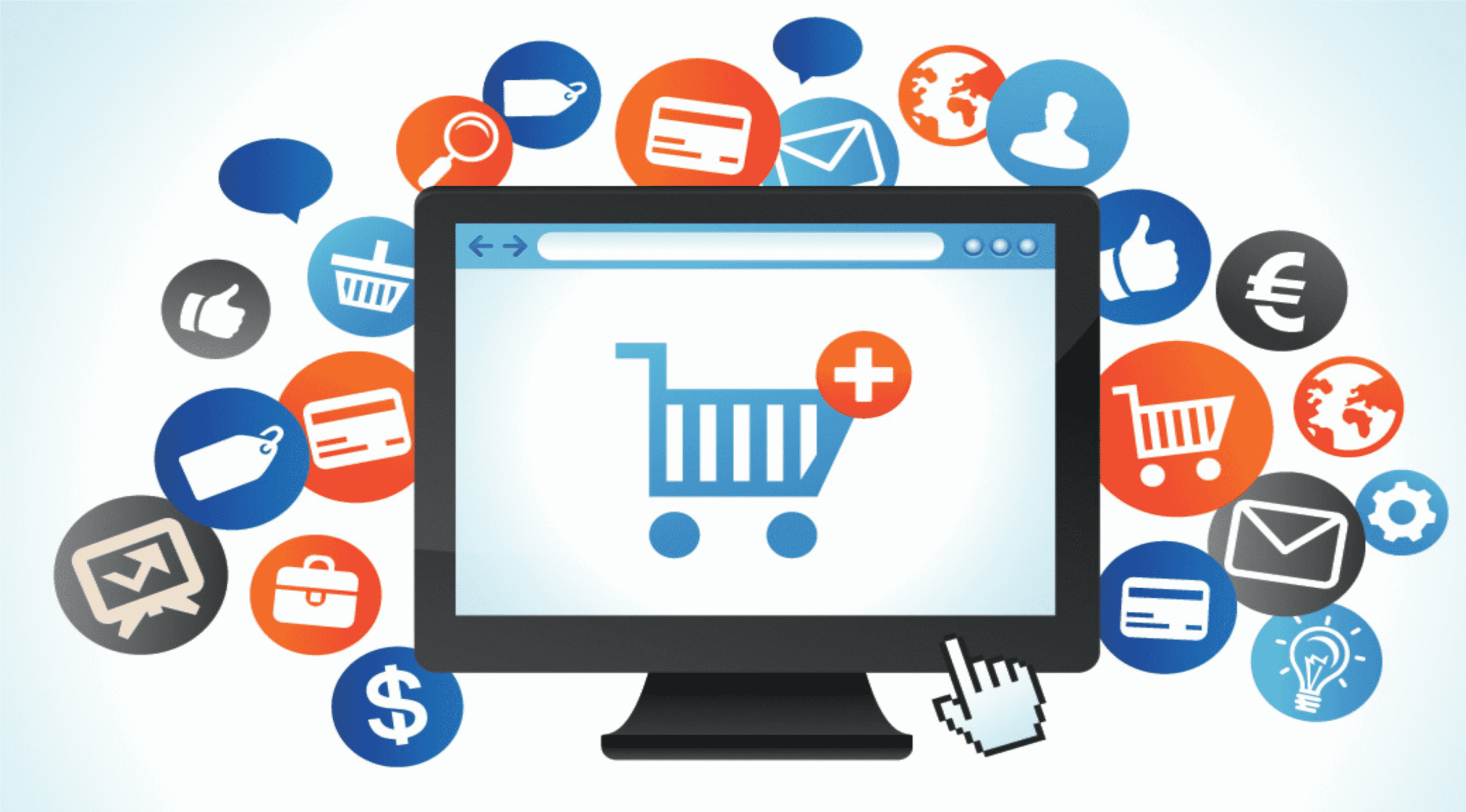Web3 Payment Solutions for European E-Commerce in 2025

The European e-commerce landscape is undergoing a revolutionary transformation as Web3 payment solutions emerge as the next frontier for online transactions. With the Web3 market estimated at USD 1.04 billion in 2025 and expected to reach USD 6.06 billion by 2030 at a CAGR of 42.3%, European retailers are increasingly recognizing the potential of blockchain-based payment systems to enhance customer experiences while reducing operational costs.
As traditional payment platforms continue to impose high fees and maintain centralized control over user data, Web3 payment solutions are redefining online transactions by employing blockchain technology to create more transparent and user-focused shopping experiences. For European e-commerce stores operating under the newly implemented MiCA regulation, understanding and implementing Web3 payment solutions has become crucial for maintaining a competitive advantage in the digital marketplace.
Web3 Payment Solutions in the European Context
Web3 payment solutions represent a paradigm shift from traditional centralized payment systems to decentralized, blockchain-based alternatives. UK Web3 Startups: These solutions leverage cryptocurrency, smart contracts, and distributed ledger technology to facilitate secure, transparent, and efficient transactions between merchants and customers.
The European Union’s approach to regulating digital assets through the Markets in Crypto-Assets (MiCA) regulation provides a comprehensive framework that enables e-commerce businesses to implement Web3 payment solutions with greater regulatory certainty. MiCA entered into force on 29 June 2023 and will take effect from 2025, with provisions on asset-referenced tokens (ARTs) and e-money tokens (EMTs) coming into effect on 30 June 2024.
Key Components of Web3 Payment Infrastructure
Web3 payment solutions for European e-commerce stores typically consist of several interconnected components that work together to create a seamless payment experience. These include blockchain networks for transaction processing, digital wallets for asset storage, smart contracts for automated execution, and gateway services that bridge traditional and decentralized systems.
The integration of these components allows e-commerce stores to offer customers multiple payment options while benefiting from reduced transaction fees, faster settlement times, and enhanced security measures. Unlike traditional payment processors that can charge fees ranging from 2-5% per transaction, Web3 solutions often provide significantly lower costs, making them particularly attractive for high-volume retailers.
Web3 Payment Platforms for European E-Commerce
MetaMask has evolved beyond a simple wallet to become a comprehensive payment solution, functioning as “a web3 vending machine in your browser tab,” where users can seamlessly convert fiat to tokens. For European e-commerce stores, MetaMask integration offers customers familiar wallet connectivity while providing merchants with access to a vast user base already comfortable with Web3 transactions.
The MetaMask payment solution supports multiple cryptocurrencies and features built-in conversion capabilities, enabling customers to pay with their preferred digital assets. At the same time, merchants can receive payments in their chosen currency. This flexibility is particularly valuable for European retailers serving diverse markets with varying preferences for cryptocurrencies.
Coinbase Commerce for European Markets
Coinbase Commerce has established itself as a leading Web3 payment solution for e-commerce businesses, offering European retailers a comprehensive platform that supports multiple cryptocurrencies while maintaining compliance with European regulations. The platform’s integration capabilities allow seamless connection with popular e-commerce platforms, including Shopify, WooCommerce, and Magento.
The service provides instant payment notifications, automatic conversion to fiat currencies, and detailed transaction analytics that help European retailers understand customer payment preferences and optimize their checkout processes accordingly. This data-driven approach enables businesses to make informed decisions about which cryptocurrencies to accept and how to structure their payment flows.
Circle and Stablecoin Solutions
Circle’s USD Coin (USDC) and Euro Coin (EUROC) represent significant opportunities for European e-commerce stores seeking price stability in their Web3 payment implementations. Stablecoins eliminate the volatility concerns associated with traditional cryptocurrencies while maintaining the benefits of blockchain-based transactions.
For European retailers, EUROC offers particular advantages as it provides a euro-denominated stablecoin that eliminates currency conversion risks while offering the transparency and efficiency of blockchain transactions. This makes it an ideal solution for businesses serving primarily European customers who prefer to transact in euros.
Emerging Decentralized Payment Solutions
Platforms like Web3Bay are transforming the e-commerce landscape by leveraging blockchain technology to create more transparent and user-centric shopping experiences. These emerging solutions often offer innovative features, such as token-based loyalty programs, decentralized marketplace integration, and community governance mechanisms, which traditional payment processors cannot provide.
These platforms typically offer lower fees, faster settlement times, and enhanced privacy features that appeal to both merchants and customers seeking alternatives to traditional payment systems. For European e-commerce stores, these solutions provide opportunities to differentiate their offerings while building stronger customer relationships through innovative reward systems.
Regulatory Compliance and MiCA Framework
The Markets in Crypto-Assets regulation establishes a comprehensive framework for cryptocurrency operations within the European Union. MiCA’s framework for asset-referenced tokens and e-money tokens has been applicable since June 30, 2024, with the European Commission still in the process of adopting secondary legislation that sets out the technical and operational details.
For European e-commerce stores implementing Web3 payment solutions, MiCA compliance requires understanding several key areas, including customer identification procedures, transaction monitoring systems, and reporting requirements. Businesses must ensure their chosen payment solutions meet these regulatory standards to avoid compliance issues.
Licensing and Authorization Requirements
Service providers with fewer than 15 million active users in Europe would not be considered “significant” under MiCA and would be subject to national-level supervision rather than European-level supervision. This distinction is particularly important for smaller e-commerce businesses, which may face different compliance requirements than larger platforms.
European e-commerce stores must collaborate with Web3 payment providers that hold the necessary licenses or authorizations under MiCA. This includes ensuring that stablecoin issuers are properly authorized and that crypto-asset service providers comply with all relevant regulations.
Data Protection and Privacy Considerations
Web3 payment solutions must also comply with the General Data Protection Regulation (GDPR) when processing customer information. While blockchain transactions offer enhanced privacy through pseudonymous addresses, e-commerce businesses must still ensure that they meet GDPR requirements for handling customer data, managing consent, and facilitating data portability.
The intersection of GDPR and MiCA creates unique compliance challenges that European e-commerce stores must navigate carefully. This includes implementing proper customer identification procedures that respect privacy rights and ensuring blockchain transaction records comply with data retention requirements.
Technical Implementation Strategies
Most European e-commerce stores operate on established platforms such as Shopify, WooCommerce, Magento, or PrestaShop. Successful Web3 payment implementation requires seamless integration with these existing systems without disrupting current operations or customer experiences.
Modern Web3 payment solutions provide comprehensive APIs and plugins that facilitate seamless integration with popular e-commerce platforms. These solutions typically give webhook support to real-time payment notifications, comprehensive documentation for developers, and testing environments that allow merchants to validate their implementations before going live.
Multi-Currency and Cross-Border Considerations
European e-commerce stores often serve customers across multiple countries with different currency preferences and regulatory requirements. Web3 payment solutions must accommodate this complexity by supporting multiple cryptocurrencies, automatic currency conversion, and compliance with varying national regulations within the European Union.
The implementation should also consider gas fees, transaction speeds, and network congestion across different blockchain networks. Merchants may need to offer multiple blockchain options to ensure customers can complete transactions efficiently, regardless of network conditions.
Security and Risk Management
Security represents a critical consideration for European e-commerce stores implementing Web3 payment solutions. This includes protecting against smart contract vulnerabilities, implementing proper key management systems, and ensuring secure integration with existing business systems.
Risk management strategies should address cryptocurrency volatility, regulatory changes, technical failures, and potential security breaches. Many Web3 payment providers offer insurance coverage and risk mitigation tools that help European retailers manage these challenges effectively.
Benefits and Advantages for European Retailers
Reduced Transaction Costs
Web3 payment services offer reduced transaction fees compared to legacy payment systems, along with faster settlement times, increased security, borderless payments, and greater transparency and privacy. For European e-commerce stores processing high transaction volumes, these cost savings can have a significant impact on profitability.
Traditional payment processors typically charge 2-5% per transaction plus additional fees for international payments. Web3 solutions can reduce these costs to as low as 0.1-1%, depending on the blockchain network and payment method chosen, representing substantial savings for high-volume retailers.

Enhanced Customer Experience
Web3 payments offer customers greater control over their financial data and transaction processes. Customers can complete purchases without sharing sensitive financial information with merchants, reducing privacy concerns and potential security risks associated with traditional payment methods.
The decentralized nature of Web3 payments also enables faster international transactions without the delays and additional fees associated with traditional cross-border payments. This is particularly valuable for European e-commerce stores serving customers across multiple countries within the EU and beyond.
Access to New Customer Segments
Implementing Web3 payment solutions can help European retailers attract tech-savvy customers who prefer using cryptocurrencies for online purchases. This demographic often demonstrates higher spending power and loyalty to businesses that support their preferred payment methods.
Additionally, Web3 payments can facilitate access to global markets where traditional payment methods may be restricted or unavailable. This expansion opportunity can drive significant revenue growth for European e-commerce businesses willing to embrace decentralized payment technologies.
Transparency and Trust Building
Blockchain-based transactions offer complete transparency and immutability, enabling both merchants and customers to verify transaction details independently. This transparency can build trust with customers who value knowing exactly how their payments are processed and recorded.
Smart contracts can also automate refund processes, dispute resolution, and other customer service functions, reducing operational overhead while improving customer satisfaction through faster, more reliable service delivery.
Choosing the Right Web3 Payment Provider
European e-commerce stores should evaluate Web3 payment providers based on several criteria including regulatory compliance, technical capabilities, customer support, and integration options. Key players in the market include Circle, Ripple, Coinbase Commerce, Visa, PayPal, Stripe, and MoonPay.
The evaluation process should consider factors such as supported cryptocurrencies, transaction fees, settlement times, geographic coverage, and compliance with European regulations. Businesses should also assess the provider’s financial stability, security measures, and long-term viability.
Gradual Implementation Strategy
Rather than completely replacing traditional payment methods, European e-commerce stores should consider implementing Web3 payments as an additional option alongside existing payment methods. This approach allows businesses to test the technology and customer response while maintaining operational continuity.
The gradual implementation can begin with accepting major cryptocurrencies like Bitcoin and Ethereum, then expanding to include stablecoins and other digital assets as the business gains experience and customer demand grows.
Customer Education and Support
Successful Web3 payment implementation requires comprehensive customer education and support systems. European retailers should develop clear guides explaining how to use cryptocurrency payments, provide customer support for Web3-related questions, and create user-friendly interfaces that simplify the payment process.
Educational content should address common concerns about cryptocurrency payments, explain the benefits of Web3 transactions, and provide step-by-step guidance for completing purchases using digital assets.
Summary
Web3 payment solutions present a transformative opportunity for European e-commerce stores looking to reduce costs, enhance customer experiences, and tap into new markets. With the industry size of web3 payment solutions estimated at USD 15.8 billion in 2025 and growing rapidly due to increased adoption by businesses and consumers for decentralized financial transactions, early adopters stand to gain significant competitive advantages.
The implementation of the MiCA regulation provides European businesses with the regulatory clarity needed to integrate Web3 payment solutions into their operations confidently. While challenges exist around technical complexity, regulatory compliance, and customer education, the potential benefits of reduced transaction costs, enhanced security, and access to global markets make Web3 payments an increasingly attractive option for forward-thinking European retailers.
Success in implementing Web3 payment solutions requires careful planning, selecting the right partners, and maintaining an ongoing commitment to customer education and support. European e-commerce stores that approach this transition strategically, while maintaining a focus on customer experience and regulatory compliance, will be best positioned to capitalize on the opportunities presented by the evolving Web3 payment landscape.
As the technology continues to mature and regulatory frameworks become more established, Web3 payment solutions are likely to become standard offerings for European e-commerce businesses seeking to remain competitive in an increasingly digital marketplace.
